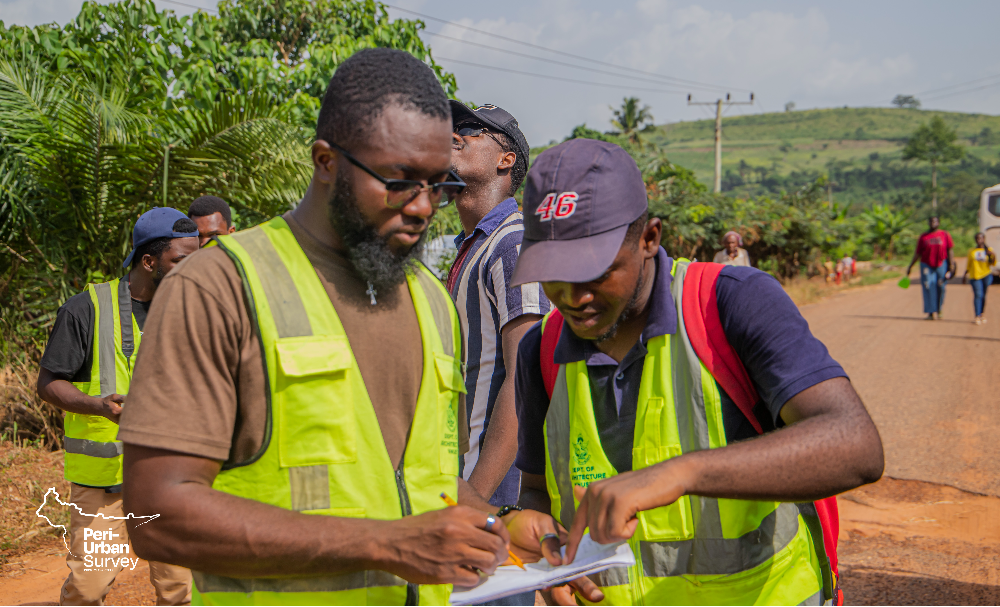Structure college students from the Kwame Nkrumah College of Science and Expertise (KNUST), Kumasi are main a major peri-urban survey in Ghana’s Jap Area, aiming to grasp and reshape the way forward for areas the place rural and concrete landscapes converge.
The initiative includes third-year college students and college from the Division of Structure in an intensive fieldwork train within the Yilo Krobo Municipality.
This effort aligns with KNUST’s dedication to attach architectural schooling with the real-world challenges dealing with Ghana’s quickly altering peri-urban communities.
Yilo Krobo in focus
Yilo Krobo, a municipality spanning over 800 sq. kilometres with greater than 100,000 residents, serves as the main target of the survey. The realm blends wealthy cultural heritage and financial potential with important infrastructural and social challenges. Cities like Somanya, Nkurakan, Oterkpalu, and Klo-Agogo are recognized for bead-making, agriculture, and commerce, but in addition grapple with poor sanitation, restricted entry to scrub water, weak transport networks, and youth unemployment.
These developmental gaps, worsened by uncoordinated land use and discrepancies between conventional management and fashionable planning, make Yilo Krobo an important case examine for sustainable city transformation.
Fingers-on studying and neighborhood engagement
This student-led fieldwork strikes past conventional classroom studying. College students are immersed in knowledge assortment and evaluation in communities corresponding to Sikabeng, Huhunya, and Boti. They’re exploring themes from settlement patterns and livelihoods to environmental sustainability and accessibility. The train goals to satisfy educational targets and put together college students for management roles in designing inclusive and sustainable city areas.
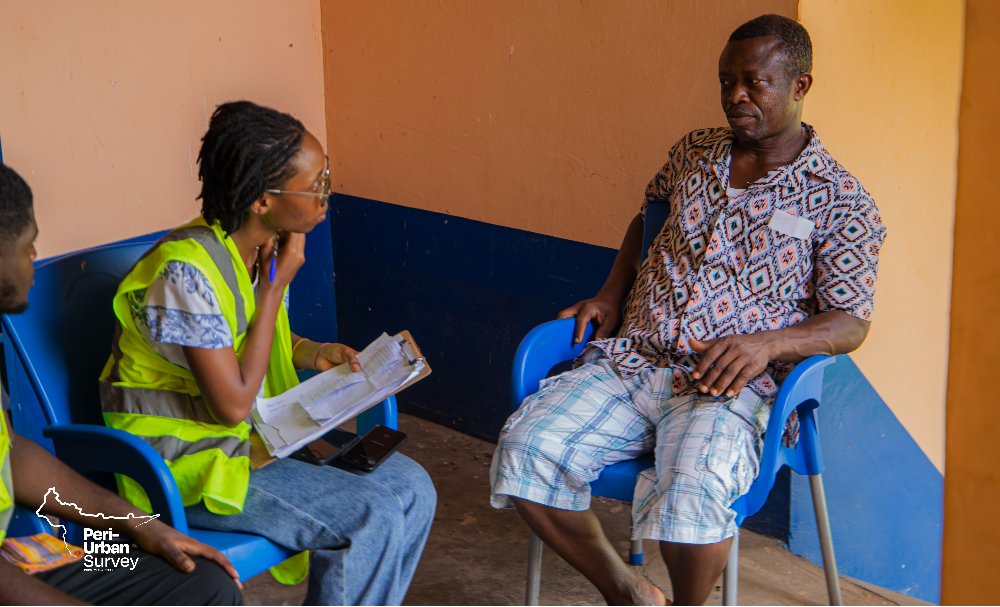
For native communities, the survey gives a chance to voice their considerations and aspirations.
Residents are actively participating with college students, sharing information and traditions being documented.
The findings are anticipated to tell native governance and improvement planning, doubtlessly attracting traders and improvement companies to the area.
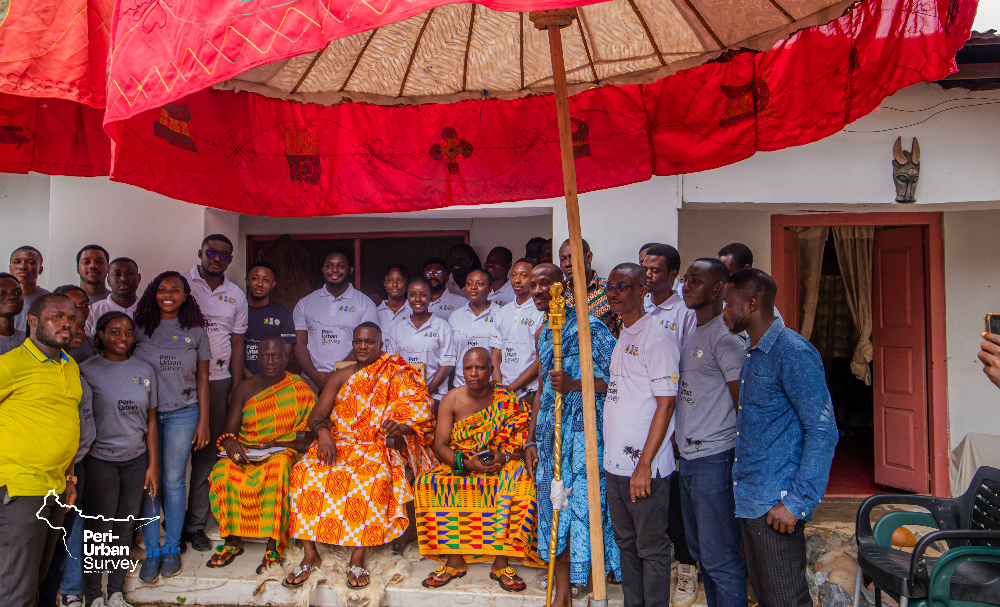
Municipal authorities and conventional leaders have welcomed the initiative, seeing its potential to bridge educational analysis with sensible policy-making. Knowledge collected might be shared with the Yilo Krobo Municipal Meeting and conventional councils for evidence-based decision-making.
Collaborative effort and future influence
The fieldwork is a collaborative effort involving the Ghana Institute of Architects, SEDECHAP Group, Tekton Seek the advice of, Bricklane, IDDG, Artelier, Spaysis, and the College of Atmosphere and Sustainable Improvement (UESD). UESD’s involvement provides a vital concentrate on local weather resilience and sustainable land administration.
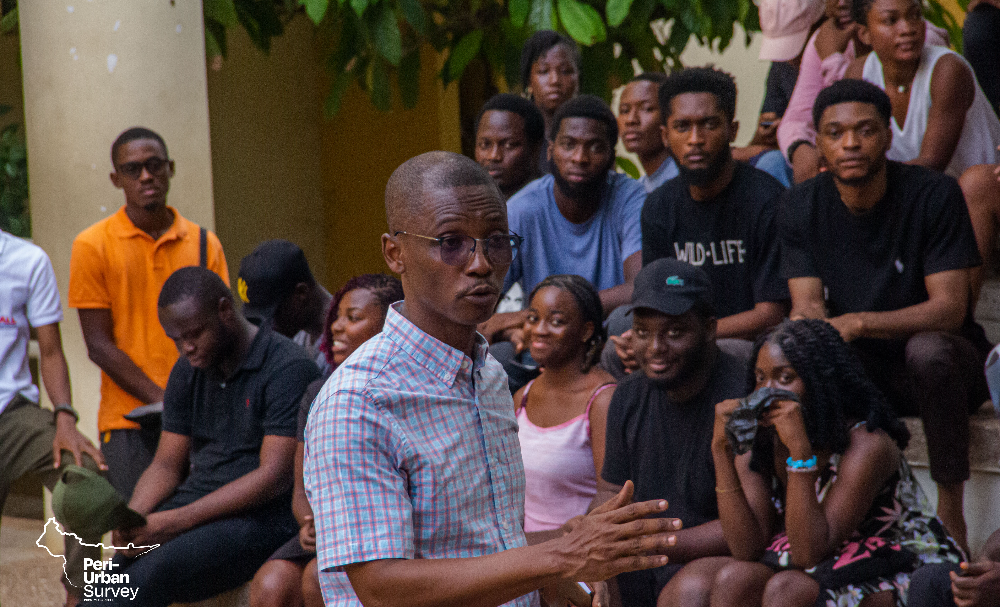
The initiative is led by Dr Ing. Alexander Boakye Marful, Senior Lecturer and Yr Grasp, with help from Rev Fr Dr Victor Kwesi Quagraine, Head of the Division of Structure, Dr Emmanuel Banahene Owusu, and designers Benedict Owusu Brown and Emmanuel Adu-Nyarko, alongside educating assistants.
This venture immediately helps the United Nations Sustainable Improvement Purpose 11, which advocates for inclusive, secure, resilient, and sustainable cities. KNUST’s method, linking educational studying with neighborhood engagement, highlights how universities can form city futures.
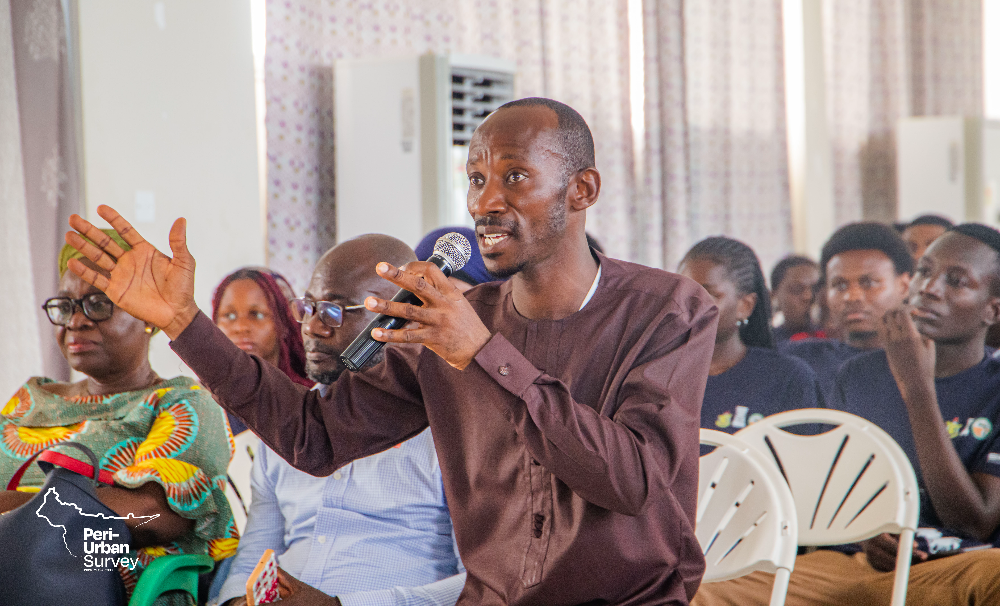
At a latest stakeholder assembly, the Vice Chancellor of UESD praised the hassle, noting its alignment with the college’s upcoming fifth anniversary and potential for deeper collaboration.
Dr. Marful has invited policymakers, civil society organizations, and personal sector actors to interact with the survey’s findings.
He emphasised the significance of collaborative motion in addressing peri-urban improvement challenges.
“Our collective future will depend on how nicely we combine native knowledge with world perception. These discipline workout routines are usually not simply instructional, they’re platforms for constructing the nation,” he stated.
Updates on the survey can be found through the Division of Structure’s platforms and social media utilizing the #KNUSTPeriUrbanSurvey2025, that includes behind-the-scenes tales, scholar reflections, and visible documentation.
DISCLAIMER: The Views, Feedback, Opinions, Contributions and Statements made by Readers and Contributors on this platform don’t essentially characterize the views or coverage of Multimedia Group Restricted.
DISCLAIMER: The Views, Feedback, Opinions, Contributions and Statements made by Readers and Contributors on this platform don’t essentially characterize the views or coverage of Multimedia Group Restricted.
Source link
